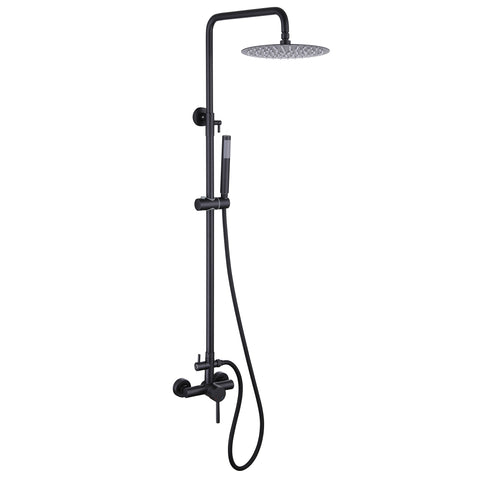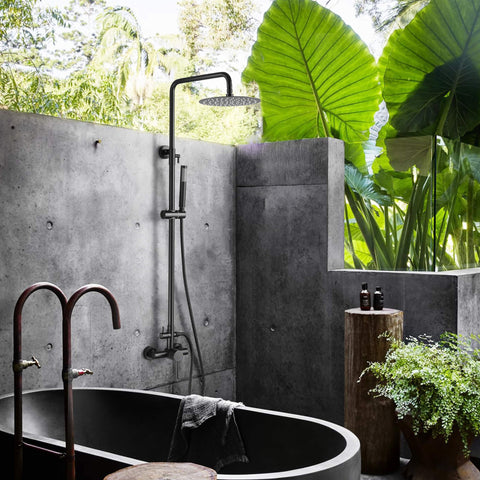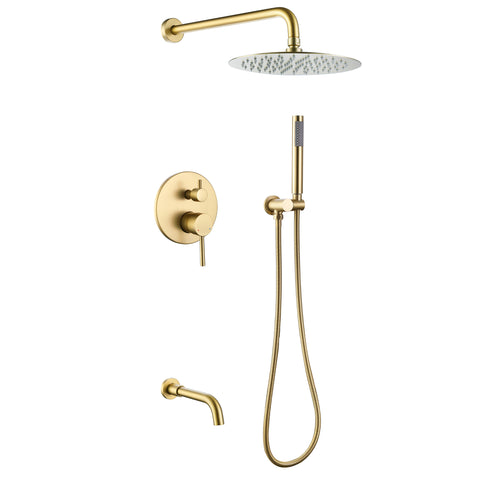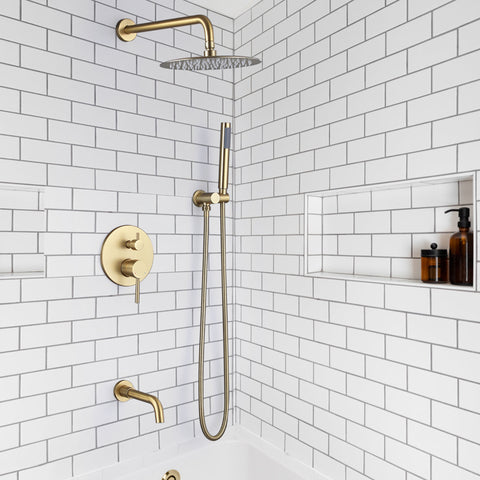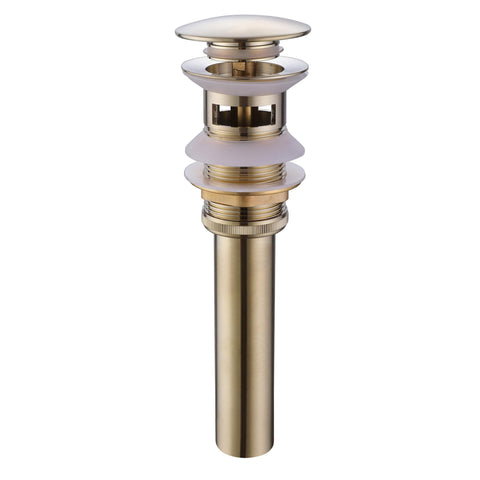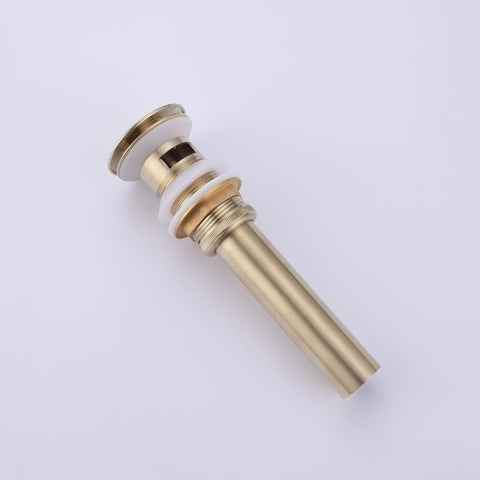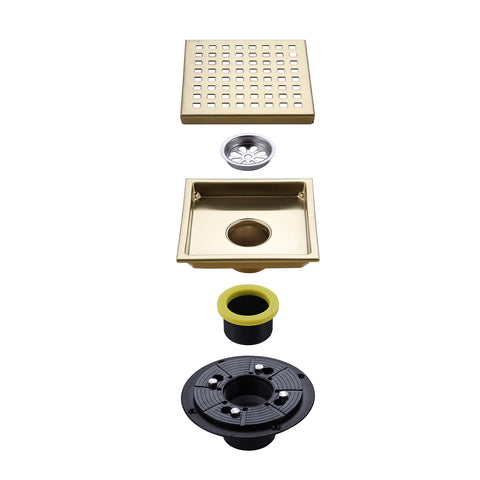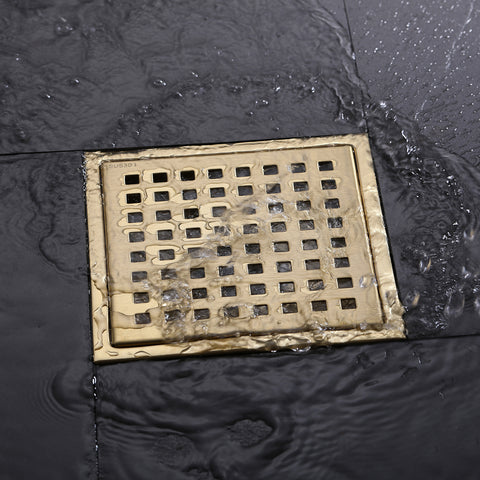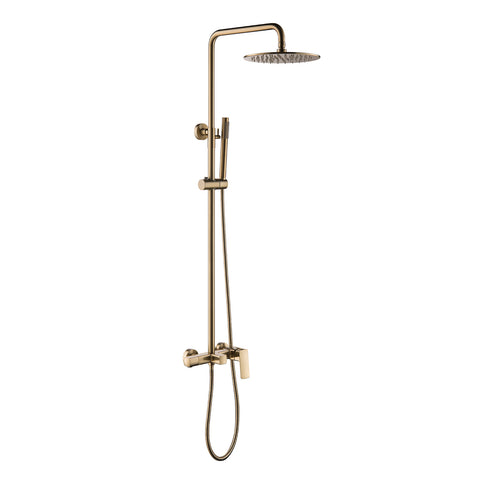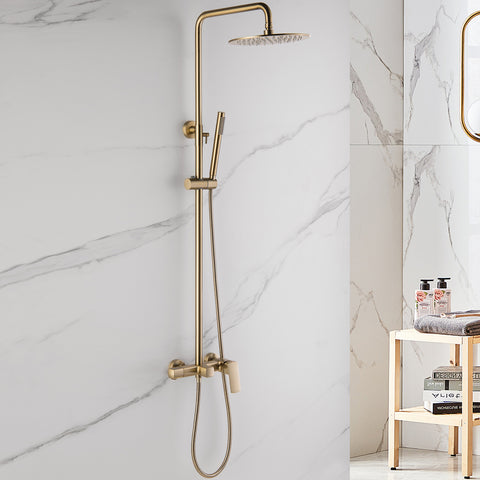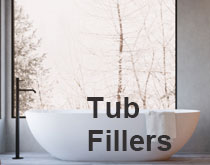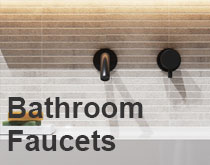Cheap vs. Quality Faucets: What’s Worth Your Money?
When it comes to home improvement, even the smallest details can make a significant difference. One such detail that often goes unnoticed but plays a vital role in our daily lives is the faucet. Whether you're remodeling your kitchen or updating your bathroom, choosing the right faucet can have a lasting impact. In this blog, we'll explore the key differences between cheap faucets and quality faucets, helping you make an informed decision that best suits your needs and budget.

1. The Allure of Cheap Faucets
Cheap faucets have their appeal, primarily due to their low price tags and easy availability. While they might seem like a bargain, it's crucial to understand their limitations before purchasing.
Subpar Materials:
Cheap faucets often use inferior metals, thin chrome layers, or plastic parts. This leads to faster corrosion, leaks, and breakage—meaning more frequent replacements and higher long-term costs.
Limited Features and Functionality:
Most cheap faucets lack features like precise temperature control, adjustable flow, or touchless operation. Everyday tasks can become inconvenient, and performance often feels rough or inconsistent.
Short Warranty Periods:
Short warranties or none at all are common with cheap faucets, reflecting manufacturers’ limited confidence in their durability. This leaves you responsible for repairs or replacements once the warranty expires.
2. Embracing Quality Faucets
Though more expensive upfront, quality faucets offer significant benefits that can save you time, money, and frustration in the long run.
Superior Craftsmanship:
Quality faucets use solid brass, stainless steel, or other premium materials. These resist corrosion and ensure smooth operation for years. Components are precision-engineered, giving you consistent and reliable performance.
Enhanced Features and Functionality:
High-quality faucets come with advanced features like pull-down spray heads, multiple spray modes, or touchless controls. These improve efficiency and make kitchen or bathroom tasks easier and more enjoyable.
Longer Warranty Periods:
Extended warranties are common with quality faucets, reflecting the manufacturer's confidence. This gives you peace of mind and added value for your investment.
3. Striking a Balance: Finding Affordable Quality Faucets
You don’t have to choose between cheap or ultra-expensive faucets—affordable quality options do exist. Here’s how to find them:
Research and Comparison:
Research reputable brands and compare models within your budget. Customer reviews and professional guides can help you find faucets that balance price and performance.
Look for Sales and Discounts:
High-quality faucets often go on sale during holidays or end-of-season events. These discounts can let you invest in a better faucet without overspending.
Consider Lifetime Costs:
Think beyond the upfront cost. A quality faucet reduces repairs, replacements, and water waste—saving you money over time compared to frequently replacing cheap faucets.
Choosing the right faucet has a lasting impact on your home's functionality and comfort. While cheap faucets may seem appealing initially, investing in a quality faucet pays off with durability, enhanced features, and peace of mind. Aim for a balance between affordability and quality to find a faucet that complements your space and stands the test of time. Remember, a good faucet is a smart investment in your home’s value and your daily comfort.
